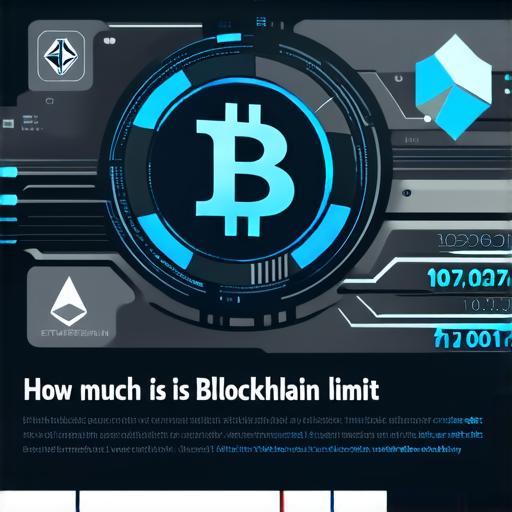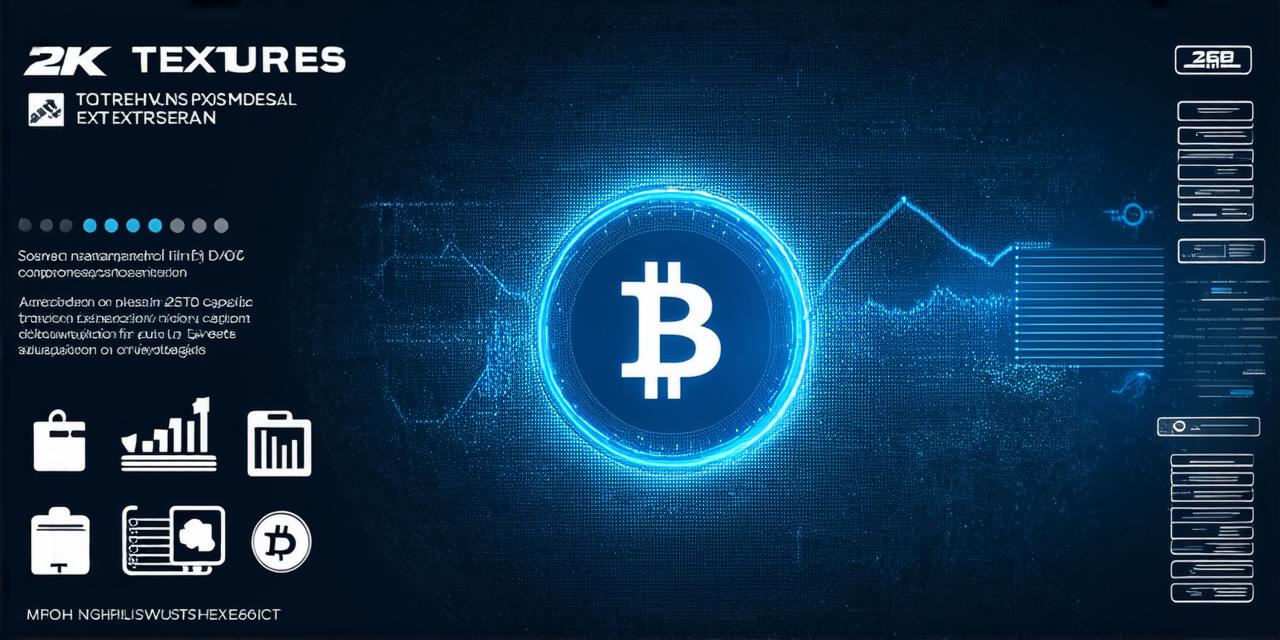Introduction:
Blockchain technology has been gaining popularity in recent years due to its decentralized and secure nature. It has numerous applications, ranging from supply chain management to cryptocurrencies. However, as blockchain technology continues to evolve, it’s important to understand the limitations of this technology. In this article, we will explore the limits of blockchain technology and how they can affect the development process.
Understanding Blockchain Limits:
Blockchain is a distributed ledger that allows for secure and transparent transactions. It operates on a consensus mechanism that ensures that all nodes in the network agree on the state of the ledger. However, there are several limits to blockchain technology that developers should be aware of when building blockchain-based applications.

1. Scalability Limitations:
One of the significant challenges with blockchain technology is scalability. Blockchain networks can become congested and slow as more transactions occur on the network. This is because each transaction requires verification by every node in the network, which can be a slow process. To overcome this issue, developers can implement sharding, which allows for the division of the blockchain into smaller pieces, or use off-chain solutions such as state channels.
2. Resource Consumption Limitations:
Blockchain networks require a significant amount of computing power and energy to operate. Mining blockchain networks consumes vast amounts of electricity and requires powerful computers. To address this issue, developers can implement proof-of-stake consensus mechanisms that require less computational power and energy consumption.
3. Privacy Limitations:
Blockchain technology is designed to be transparent and secure. However, it also has privacy limitations. All transactions on a blockchain are publicly visible, making it challenging to maintain anonymity. Developers can implement privacy-enhancing technologies such as zero-knowledge proofs or homomorphic encryption to address this issue.
4. Regulatory Limitations:
Blockchain technology is still in its early stages, and regulations governing the use of blockchain technology are not yet fully established. This uncertainty can affect the development process and limit the adoption of blockchain-based applications. Developers should stay up-to-date with regulatory changes and consult with legal experts to ensure compliance.
Case Study: Ethereum vs. Bitcoin
Ethereum and Bitcoin are two of the most popular cryptocurrencies in use today. While both networks operate on a blockchain, there are several differences between them that affect their scalability, resource consumption, privacy, and regulatory limitations.
Ethereum is a smart contract platform that allows for the creation of decentralized applications (dApps). It has a more complex consensus mechanism than Bitcoin, which requires more computational power and energy consumption. Ethereum also has more privacy-enhancing features such as zero-knowledge proofs and homomorphic encryption. However, Ethereum networks can become congested and slow due to its scalability limitations.
Bitcoin, on the other hand, is a simple digital currency that operates on a blockchain. It has a straightforward consensus mechanism that requires less computational power and energy consumption than Ethereum. Bitcoin also has better privacy features as all transactions are pseudonymous. However, Bitcoin networks can only support a limited number of transactions per second, making it unsuitable for applications that require high scalability.
Personal Experiences:
As a blockchain developer, I have encountered several limitations when building blockchain-based applications. One of the most significant challenges was ensuring that the network could scale to handle an increasing number of transactions without becoming congested. To overcome this issue, we implemented sharding, which allowed us to divide the network into smaller pieces that could operate independently. We also used off-chain solutions such as state channels to further improve scalability.
In terms of resource consumption, we faced challenges when mining our blockchain network. To address this issue, we switched from a proof-of-work consensus mechanism to a proof-of-stake consensus mechanism, which required less computational power and energy consumption. This change significantly reduced the cost of mining and made our network more sustainable.
Finally, regulatory uncertainty was also a challenge when building blockchain-based applications. To address this issue, we consulted with legal experts to ensure that our network and applications complied with relevant regulations. We also stayed up-to-date with changes in regulations to ensure that our network and applications remained compliant.
FAQs:
1. What are the main limits to blockchain technology?
- Scalability limitations, resource consumption limitations, privacy limitations, and regulatory limitations.
2. Can sharding improve the scalability of a blockchain network?
- Yes, sharding can improve the scalability of a blockchain network by dividing it into smaller pieces that can operate independently.
3. What is proof-of-stake consensus mechanism?
- Proof-of-stake is a consensus mechanism that requires validators to hold a certain amount of cryptocurrency as collateral to participate in the verification process. It consumes less computational power and energy than other consensus mechanisms.
4. How can privacy be enhanced on a blockchain network?
- Privacy-enhancing technologies such as zero-knowledge proofs, homomorphic encryption, or anonymization techniques can enhance privacy on a blockchain network by allowing transactions to remain private while still being verifiable.
5. What are the regulatory challenges facing blockchain technology?
- Regulatory uncertainty and lack of established regulations governing the use of blockchain technology can affect the development process and limit the adoption of blockchain-based applications.
